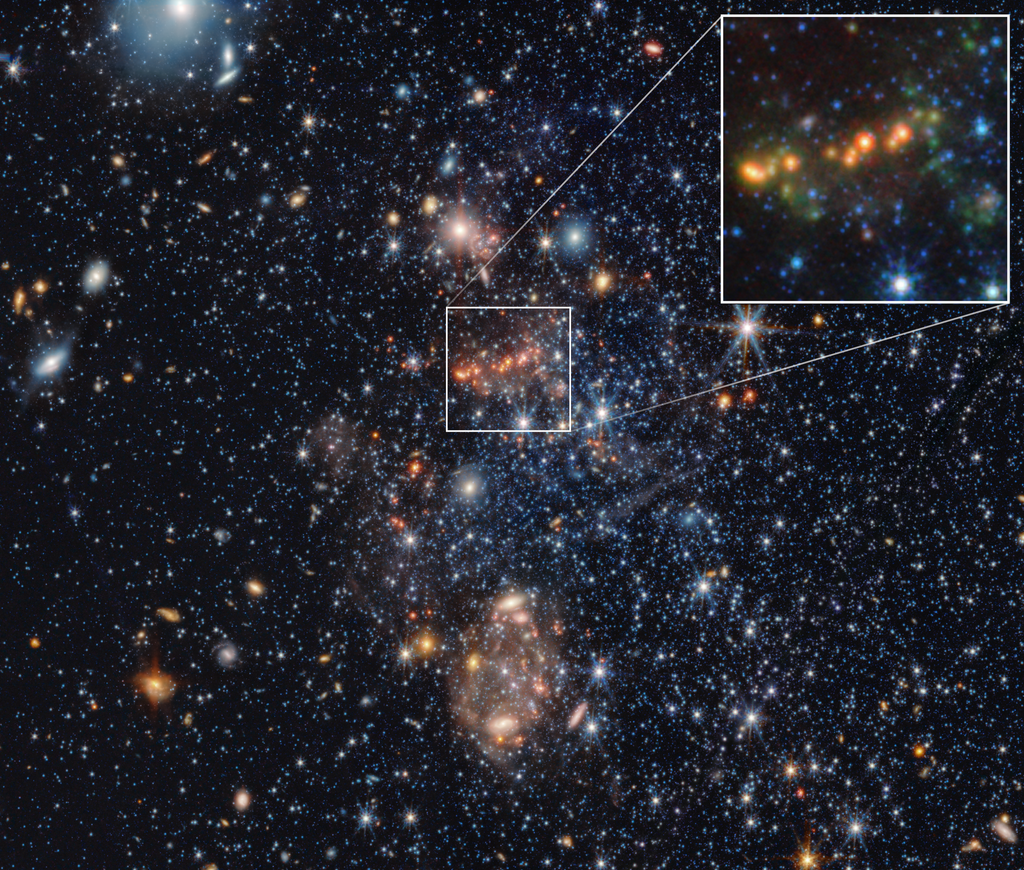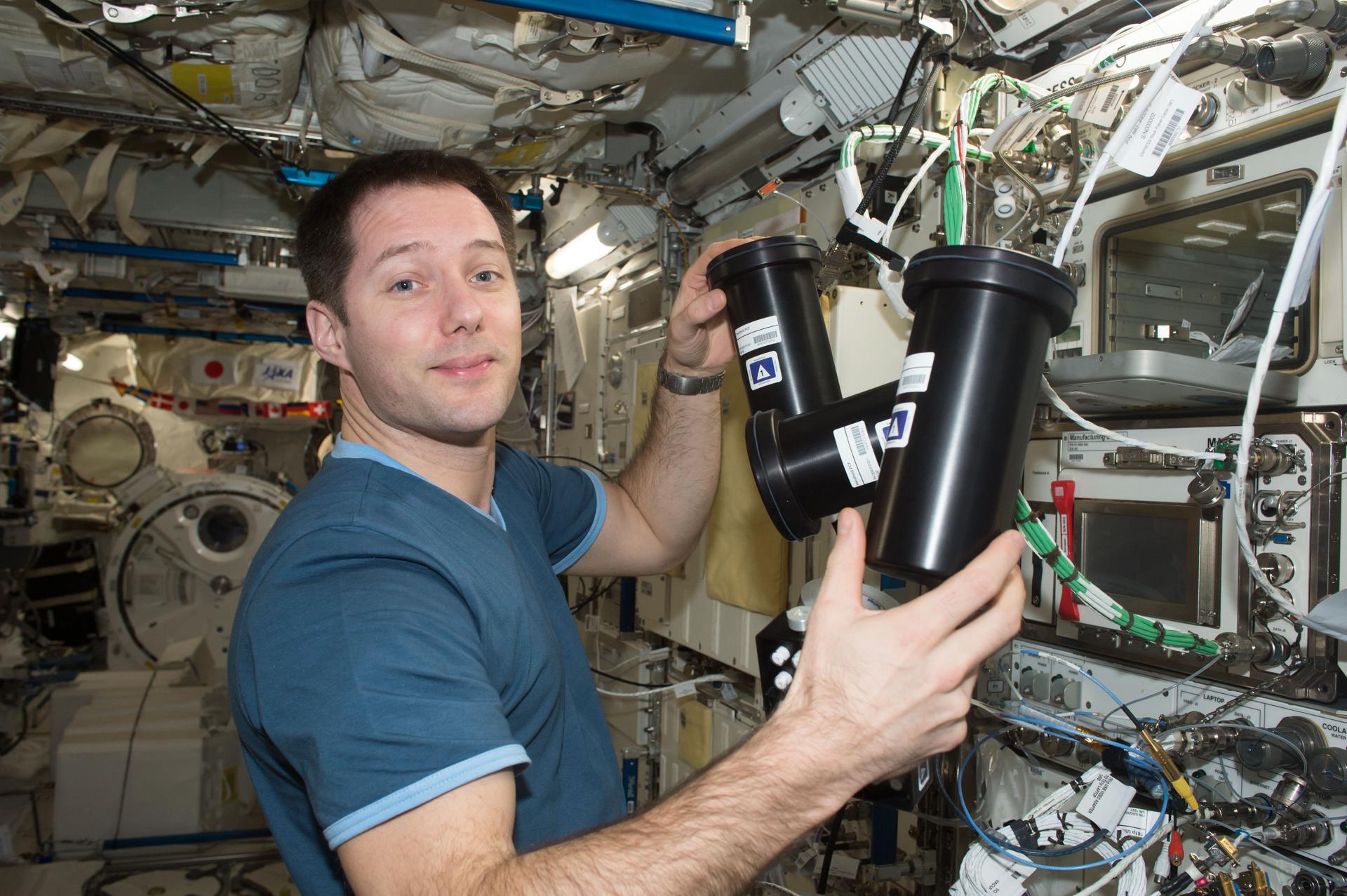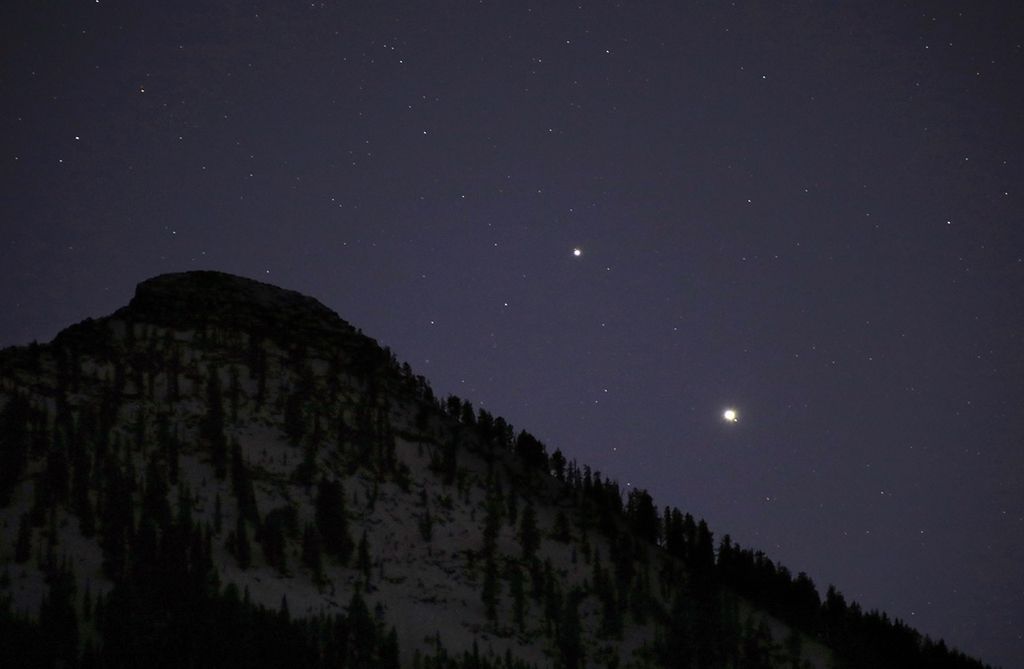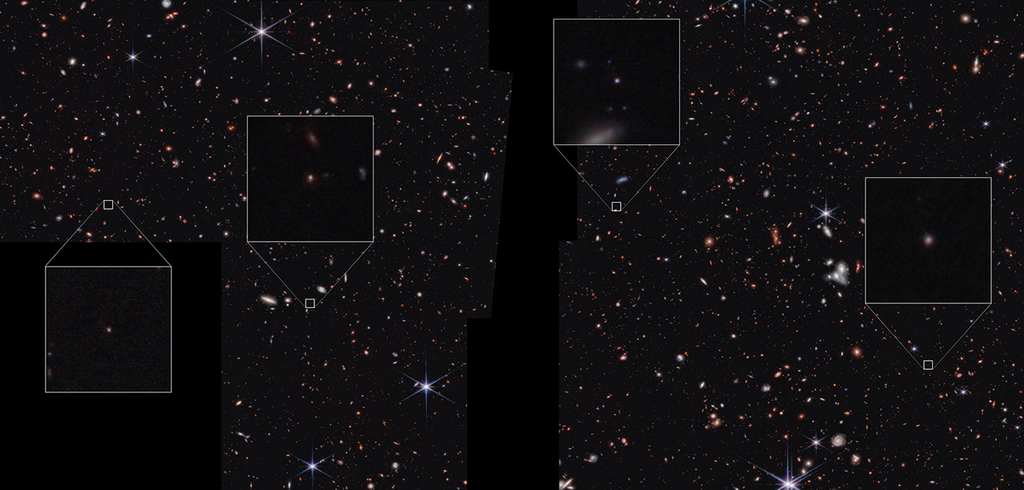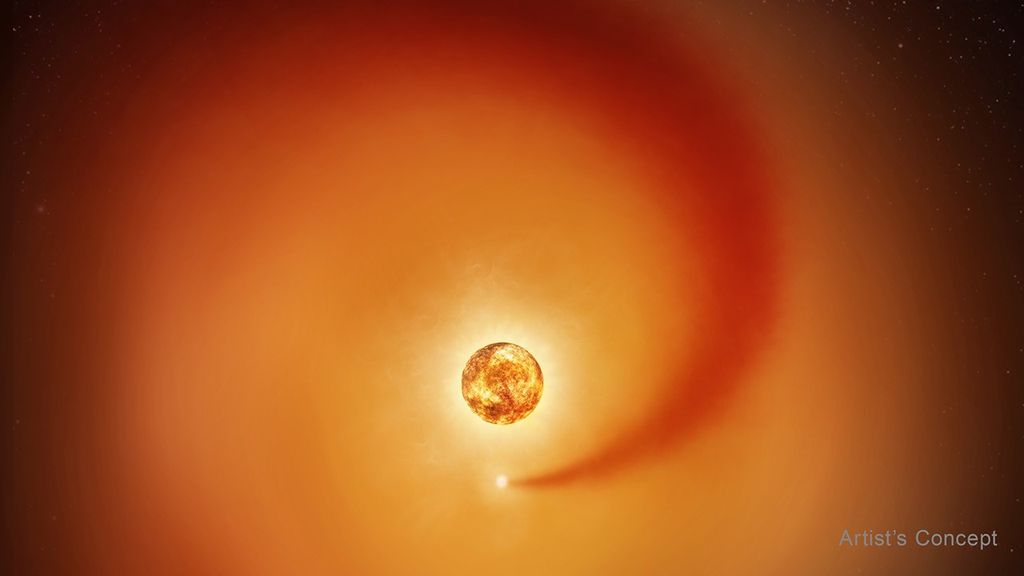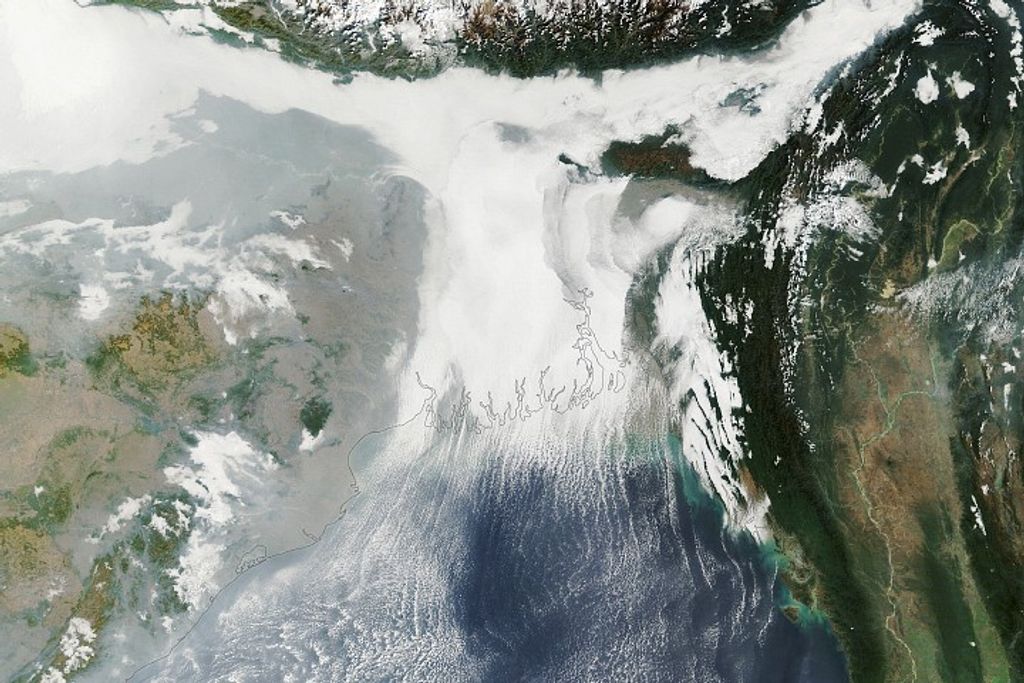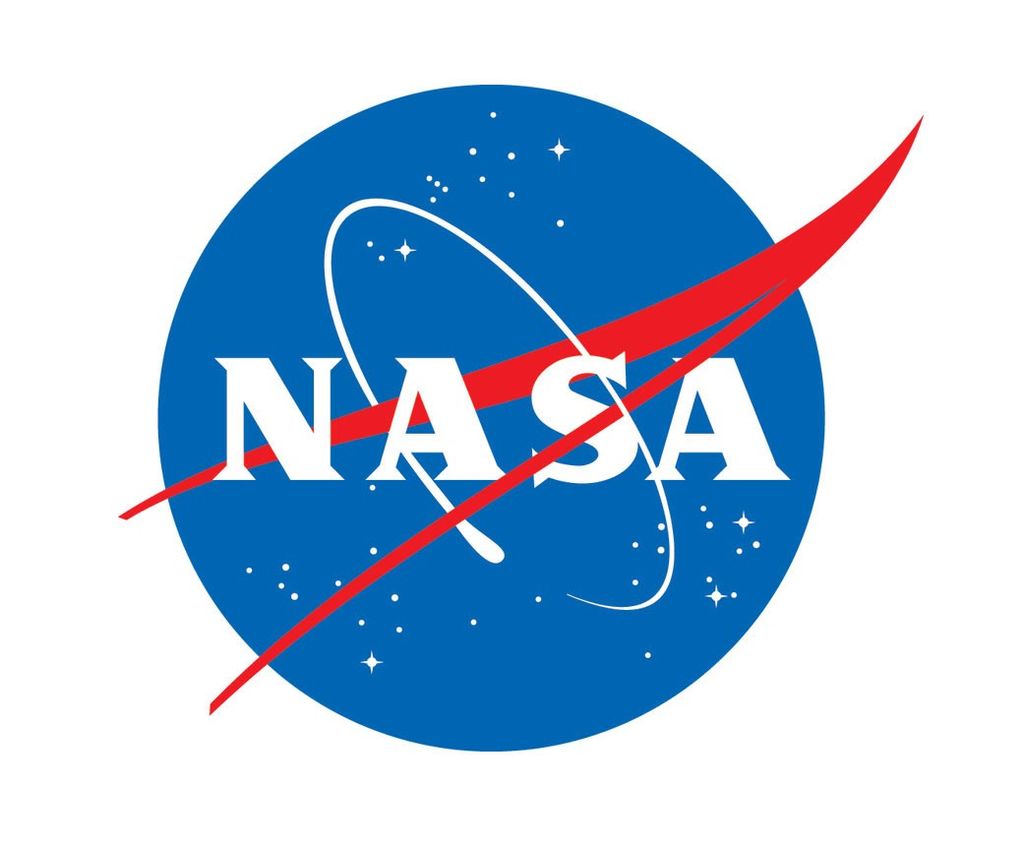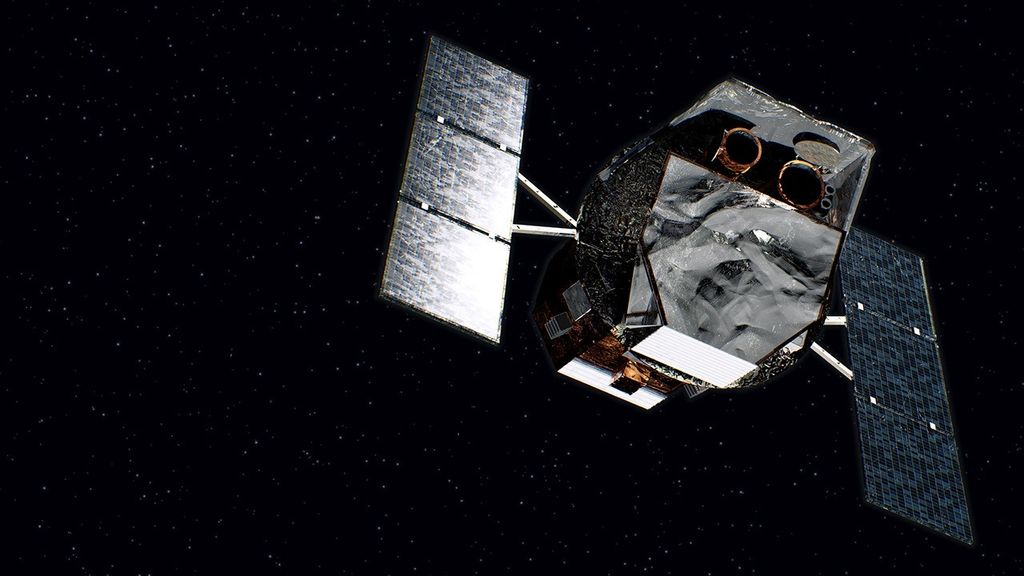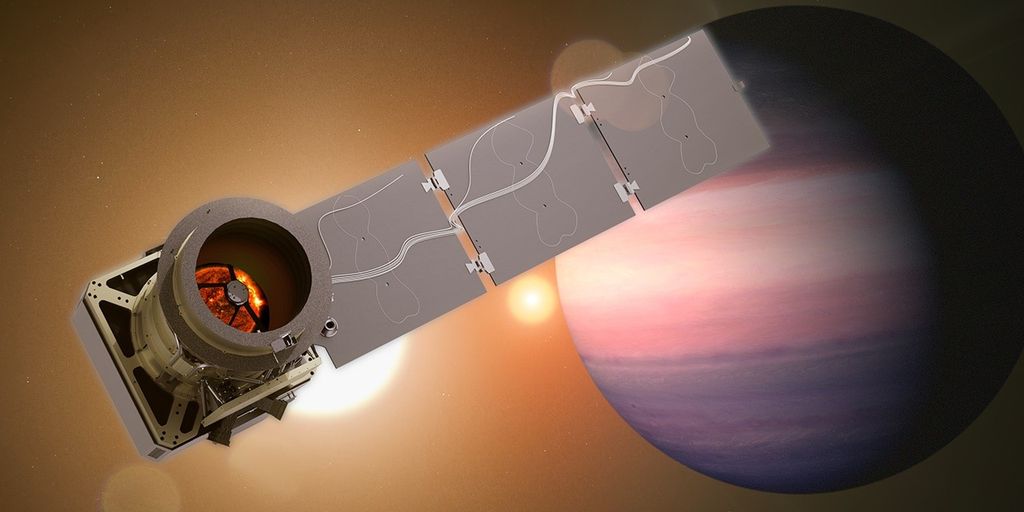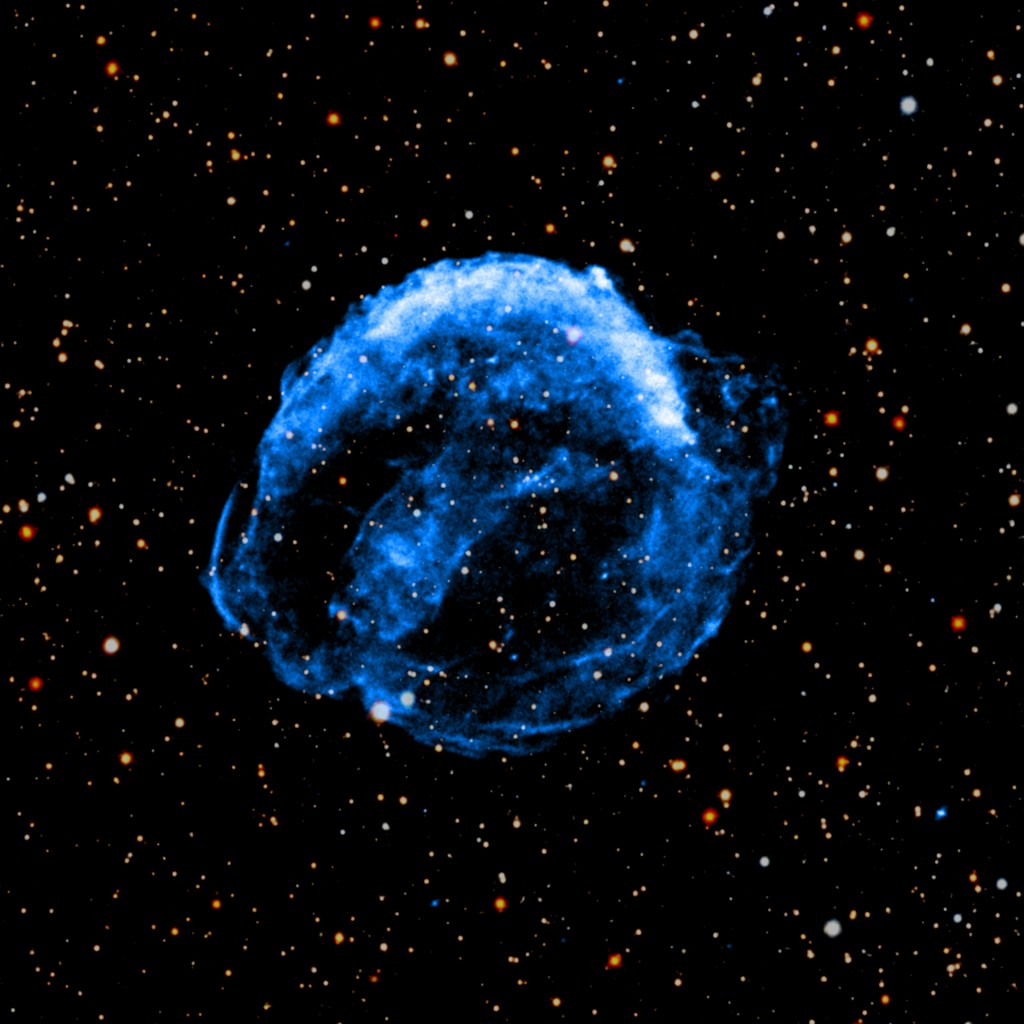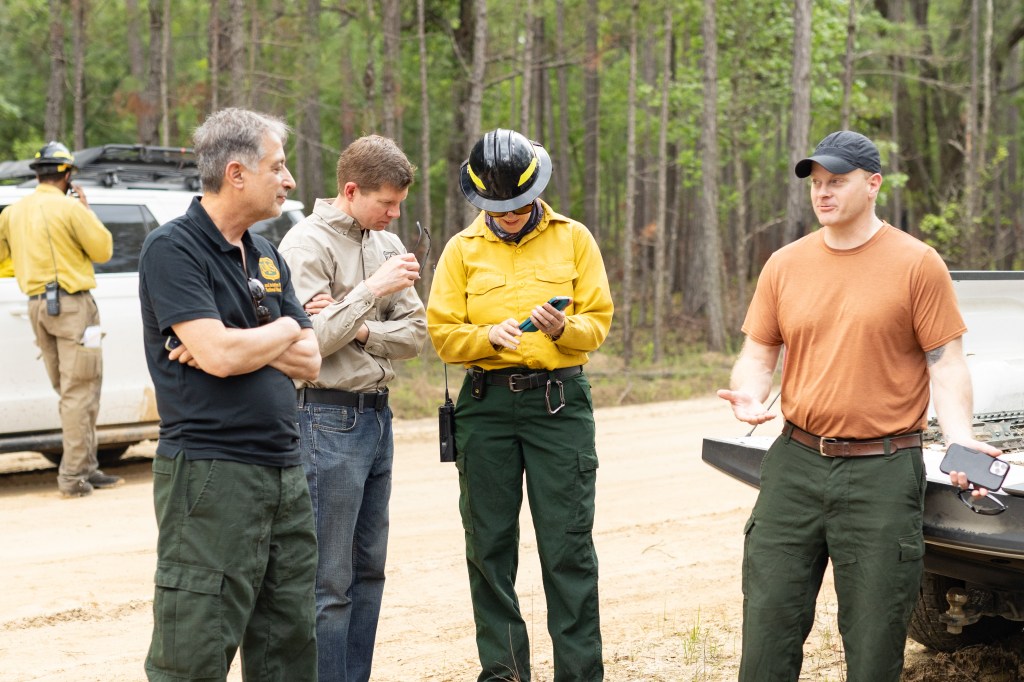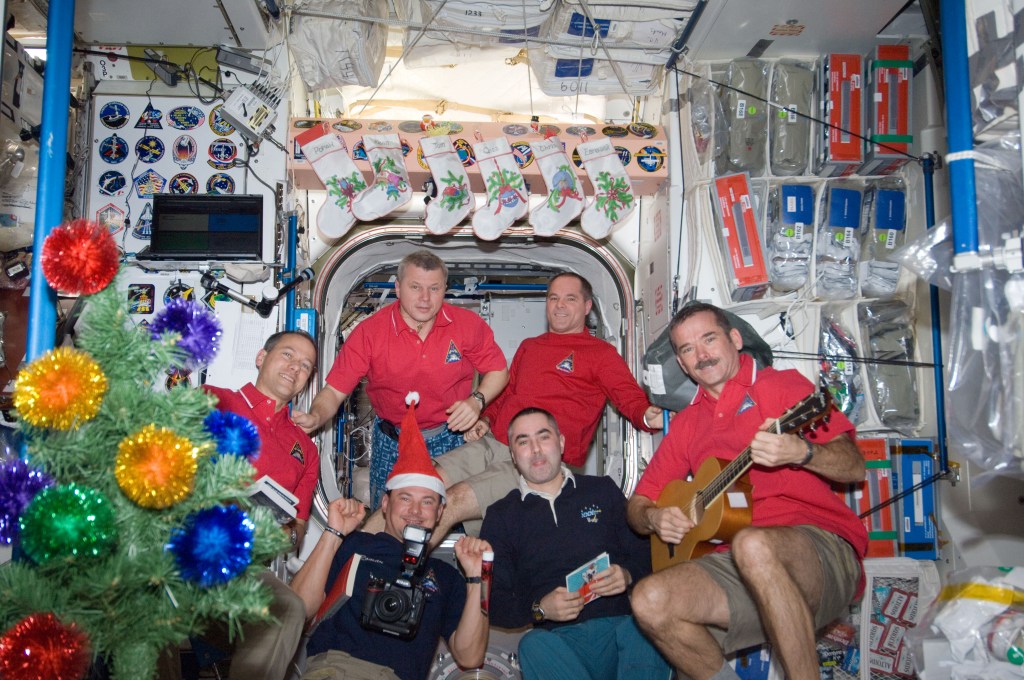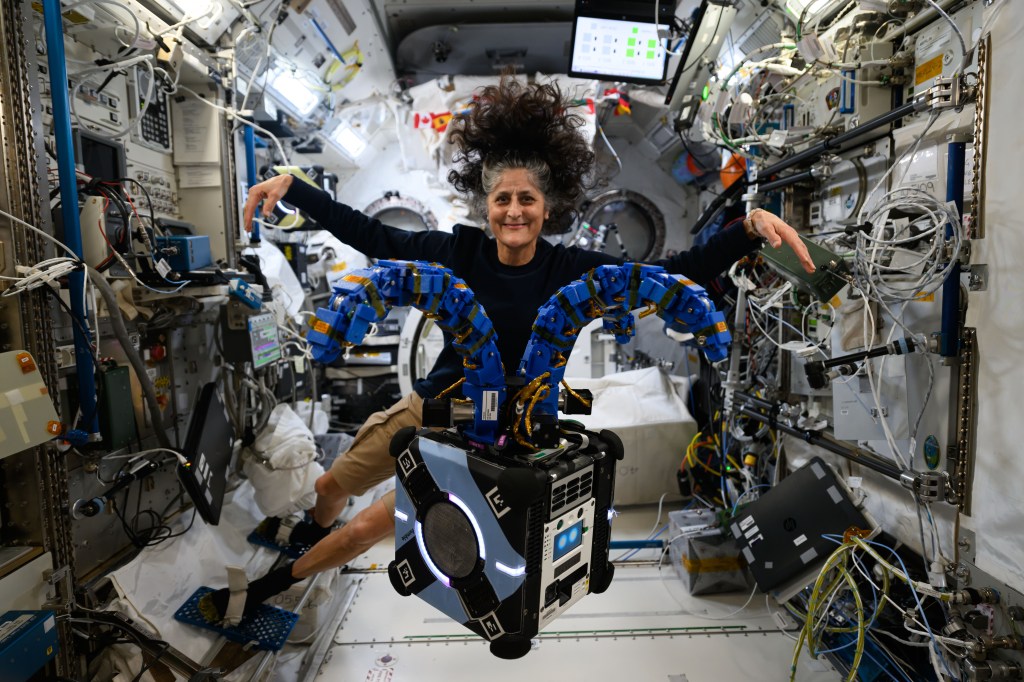Citizen Science Highlights
NASA needs your help! You can collaborate with professional scientists, conduct cutting-edge science, and make real discoveries. A science degree is not required, just a passion for understanding the natural world. Here, you can read news about NASA-funded citizen science projects, new discoveries, and opportunities to get involved. For more information on current citizen science projects.
Celestial ‘Accident’ Sheds Light on Jupiter, Saturn Riddle
It slipped past typical detection methods before being discovered five years ago by a citizen scientist participating in Backyard Worlds: Planet 9.
Read more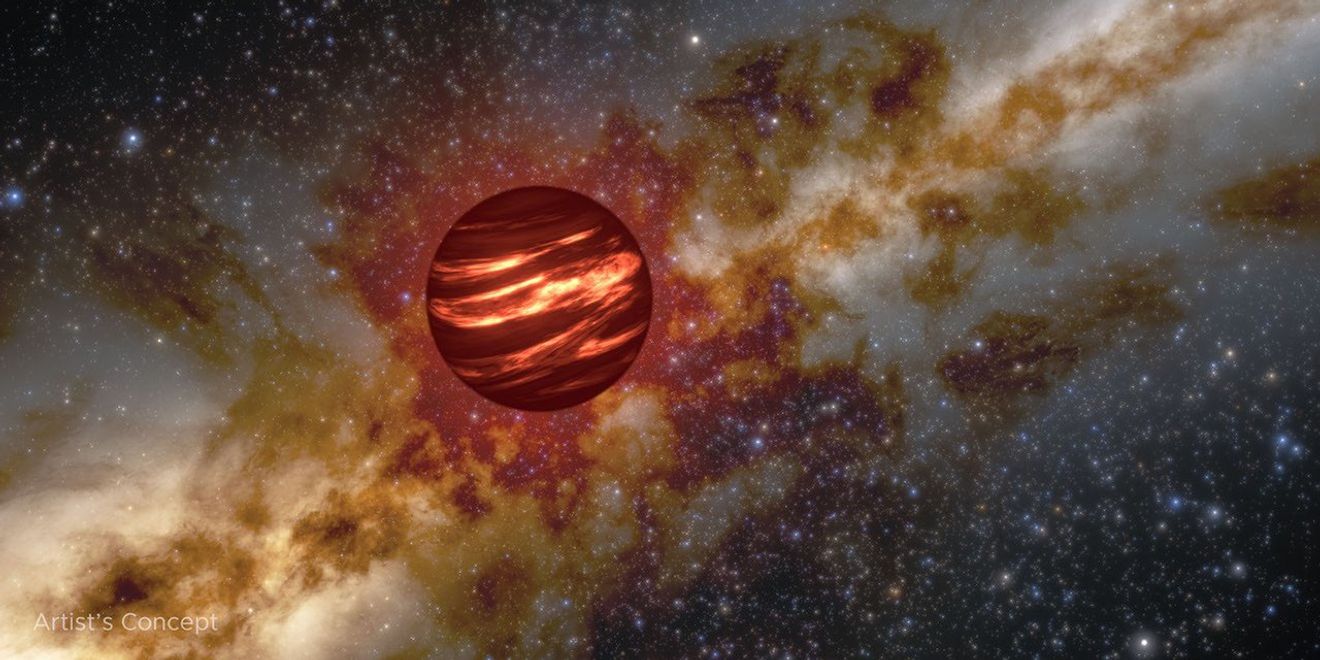
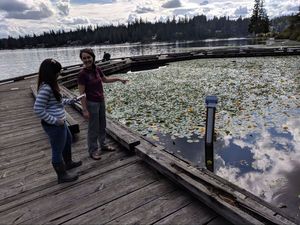
Volunteers participating in the Lake Observations by Citizen Scientists and Satellites (LOCSS) project have been collecting water level data in lakes since 2017. Now, the LOCSS team has used these data to examine the accuracy of water level measurements made…
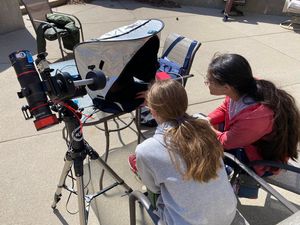
Eighty-two volunteer teams with the Dynamic Eclipse Broadcast (DEB) Initiative spent the day spread across North America, observing the eclipse with telescopes, collecting a massive dataset of images, and developing software to process it.

The NASA Science Activation project Eclipse Soundscapes (ES), led by ARISA Lab in Medford, Massachusetts, helps learners of all ages explore NASA science through multisensory learning and participatory science opportunities. In the weeks surrounding the 2023 annular solar eclipse and…
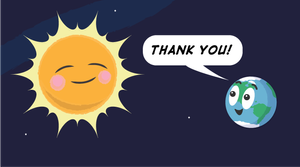
This Thanksgiving, we’re grateful for you!

NASA’s International Astronomical Search Collaboration (IASC) team has just introduced a new online project on the Zooniverse platform where you can help astronomers identify new asteroids.
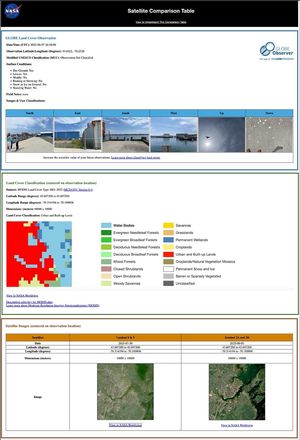
A group of elementary-aged students gather outside of Oldham County Public Library in La Grange, Kentucky, United States to look at clouds in the sky. “If anyone asks what you are doing, tell them, ‘I am a citizen scientist and…

NASA's Toolkit for Librarians can help you share NASA citizen science opportunities with your patrons and community members. Rural and urban libraries, informal educators, youth group leaders, and retirement community coordinators can all benefit from this resource. Together, we can…
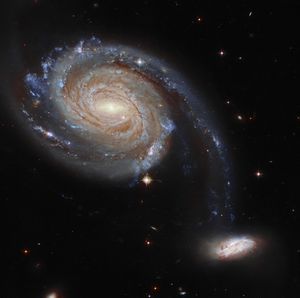
Join the Rubin Comet Catchers project, and help scientists discover comets and other active objects in our solar system! The Rubin Comet Catchers project invites you to examine early images from the NSF-DOE Vera C. Rubin Observatory, funded by the…
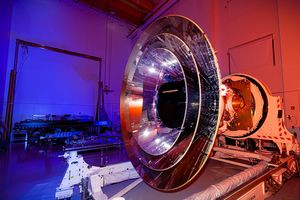
NASA has selected 10 new citizen science proposals for funding in 2025. These selections provide a preview of what’s coming next for NASA citizen science. Note that these investigations are research grants: some of them will result in new opportunities…
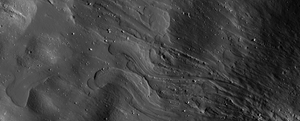
When asteroids hit the Moon, the impacts carve out craters and with enough energy and pressure, melt parts of the rocky surface. Often, the white hot, gooey melt (it’s like lava, except that it doesn’t erupt from underground) sloshes around…

